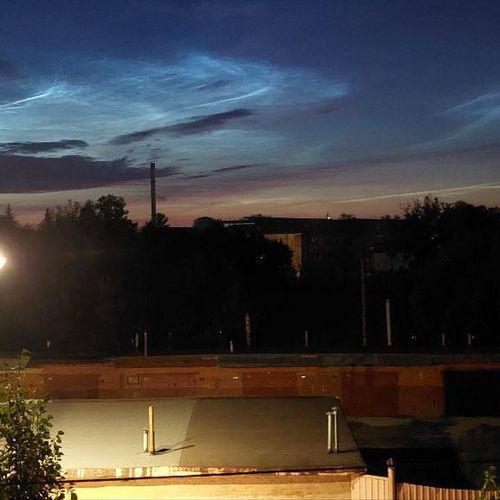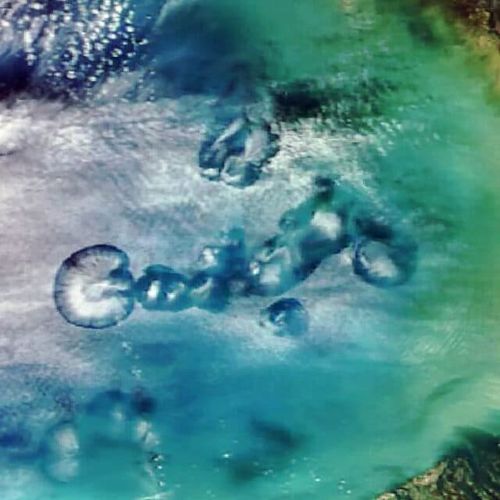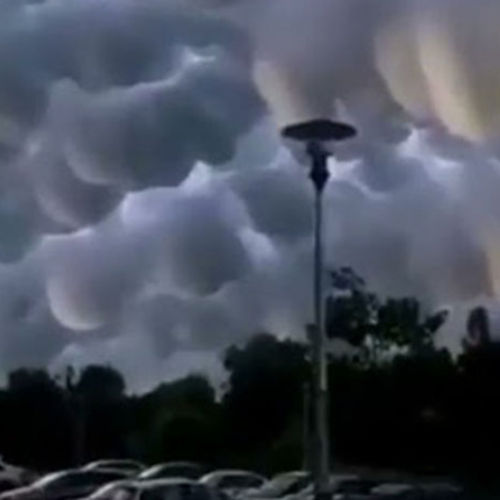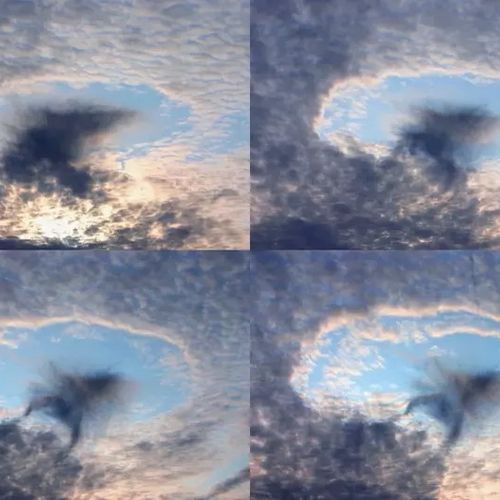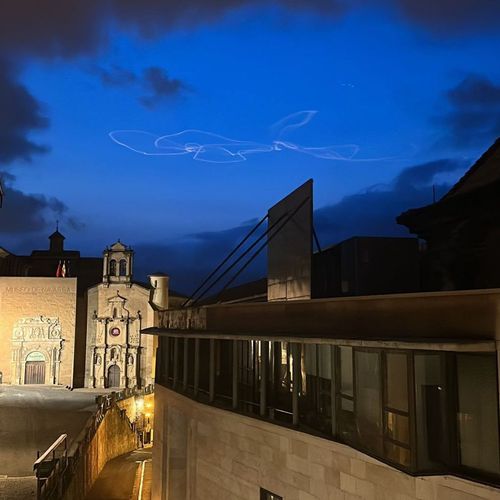
| Added | Thu, 01/02/2018 |
| Источники | |
| Дата публикации | Wed, 31/01/2018
|
| Версии |
Every year in Argentina there are about 12,000 fires burning more than 1.3 million hectares of forest and meadows. MODIS on the NASA satellite "Aqua" got a picture of one of them January 29.
A fire blazed in the province of La Pampa, the area where cattle graze among thorny shrubs and small trees. The cause of the fire has not been established, but we know that ranchers regularly set fires in the region, to improve the quality of livestock feed.
The image shows extensive cloud in the shape of a cauliflower that has spread over the dark smoke. Pyrocumulonimbus clouds, also called cumulonimbus flammagenitus, like Cumulus clouds, only in this case the heat that causes air to rise (which leads to cooling and condensation of water vapor) comes from fire, not from the sun. To classify as a pyrocumulonimbus cloud, the temperature in its upper part, fixed satellites must be -40 °C or less.
The colour of the smoke is influenced by several factors, including the temperature of the fire, the fuel composition and the amount of moisture in the smoke. Probably due to the optical effect of the cloud appears brighter than the previously formed smoke under him.
"Particles, which are formed later, are smaller, and diffuse the light not like the larger smoke particles that exist longer. As a result, the smoke is brown and looks more like dust," explained Santiago Gasso, specialist in atmosphere in space flight Center NASA Goddard.
Pyrocumulonimbus clouds can produce thunderstorms with lightning and heavy rain — sometimes the rain falls so much that they help put out the fires that created them. In this case, however, the fire continued to burn and the next day, as evidenced by satellite imagery.
Translated by «Yandex.Translator»
© NASA
Translated by «Yandex.Translator»
Новости со схожими версиями
Log in or register to post comments

